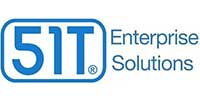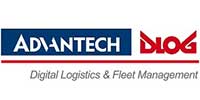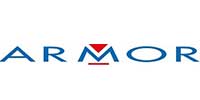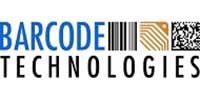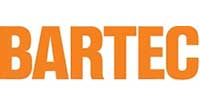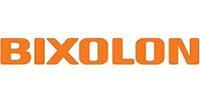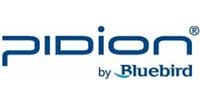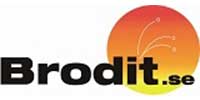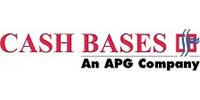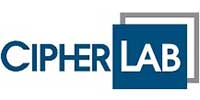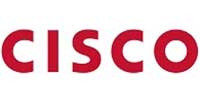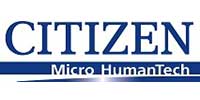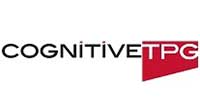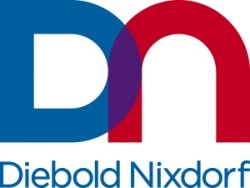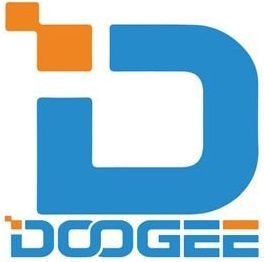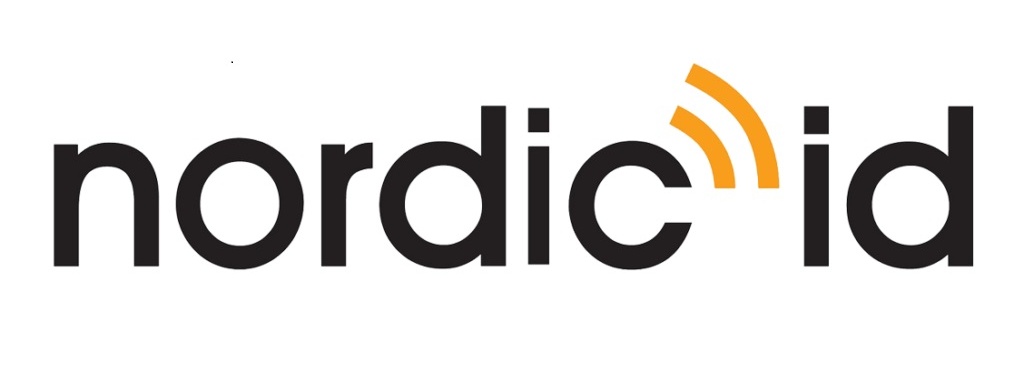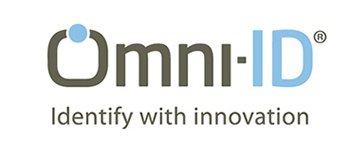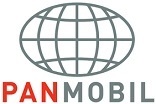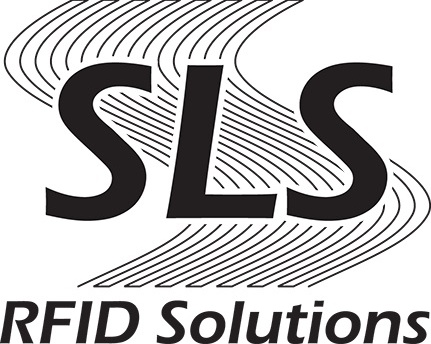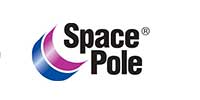Frequency Bands: RFID systems operate in different frequency bands, including low frequency (LF), high frequency (HF), and ultra-high frequency (UHF). Each frequency band has its own advantages and is suitable for different applications. RFID Passive verses RFID Active Tags: RFID tags can be passive, meaning they don't have their own power source and rely on the energy transmitted by the reader to operate, or active, meaning they have their own power source (such as a battery) and can transmit signals independently. RFID Uses & Applications: RFID technology is widely used across various industries for purposes such as inventory management, asset tracking, supply chain management, access control, and contactless payment systems. Security Considerations: While RFID technology offers many benefits, including efficiency and convenience, there are also security concerns related to data privacy and unauthorized access. Encryption and authentication mechanisms are often implemented to mitigate these risks. Interoperability: Standards such as Electronic Product Code (EPC) are important for ensuring interoperability among different RFID systems and components, allowing seamless communication and integration in complex environments. RFID technology has become an integral part of modern logistics and inventory management, offering significant advantages over traditional barcode systems in terms of speed, convenience, and flexibility.
Welcome
Barcode Technologies Ltd is UK's leading provider of products & solutions in barcode & RFID data capture and AutoID and mobile computing systems with comprehensive range of Barcode printers, Barcode scanners, complete software solutions to address all your automatic identification and data capture and critical data management needs to maximise efficiency and profitability for your company.
As a total solutions provider, Barcode Technologies offers a full range of wireless solutions, PDA / mobile computers, Barcode scanning equipment, Barcode printers, ID card printers, Barcodes verifiers, Barcode labels, Barcode printer ribbons, RFID printers, RFID tags and RFID readers. We aim to offer our customers best value and prices, with fast delivery with same day shipping and easy to use website.
READ MORE
-
-
Barcode Desktop Label Printers
P/N: 50178308-001
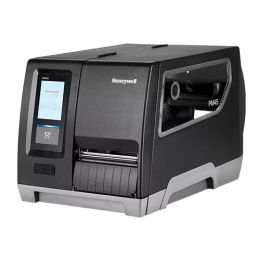 3 in stock
3 in stockMore available on request
£781.90 (ex VAT) Add to cart -
EPoS Screens & Monitors
P/N: LH5575UHS-B1AG
 1 in stock
1 in stockMore available on request
£826.24 (ex VAT) Add to cart
-
Barcode Ribbons
P/N: 02300GS11007
 44 in stock
44 in stockMore available on request
£46.76 (ex VAT) Add to cartZebra ZipShip 2300 Thermal Transfer Ribbon, 2300 Wax, for desktop-printers, roll-width:
-
Barcode Labels
P/N: 800273-205
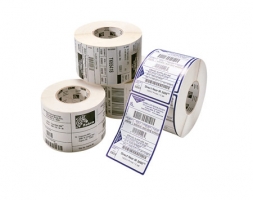 1 in stock
1 in stockMore available on request
£163.44 (ex VAT) Add to cartZebra Z-Select 2000T, label roll, normal paper, 76x51mm
-
ID Card Supplies
P/N: 104523-111t
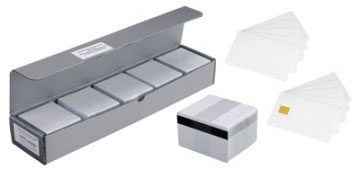 0 in stock
0 in stockMore available on request
£4.94 (ex VAT) Add to cartZebra Premier Card
-
EPoS Accessories
P/N: ST-BE105-2-UEVL-MB1
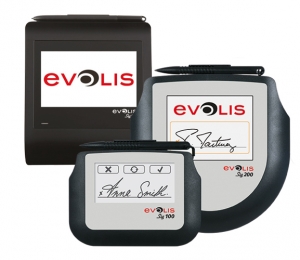 0 in stock
0 in stockMore available on request
£222.50 (ex VAT) Add to cartEvolis Sig100 Bundle, 10.5 cm (4')
-
Handheld Barcode Scanners
P/N: LS2208-SR20007R-UR
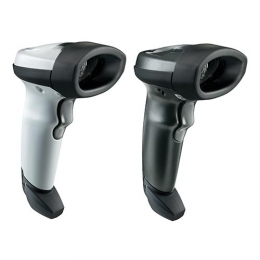 33 in stock
33 in stockMore available on request
£85.64 (ex VAT) Add to cartZebra LS2208, 1D, SR, multi-IF, kit (USB), anthracite
-
ID Card Printers
P/N: LPS028NAA
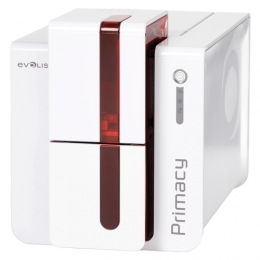 12 in stock
12 in stockMore available on request
£445.20 (ex VAT) Add to cartEvolis clear patch







